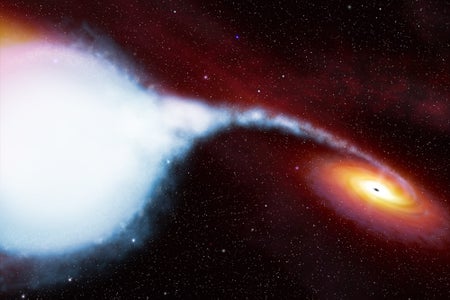
How Can You ‘See’ a Black Hole?
How do astronomers find the darkest objects in the universe?

How Can You ‘See’ a Black Hole?
How do astronomers find the darkest objects in the universe?
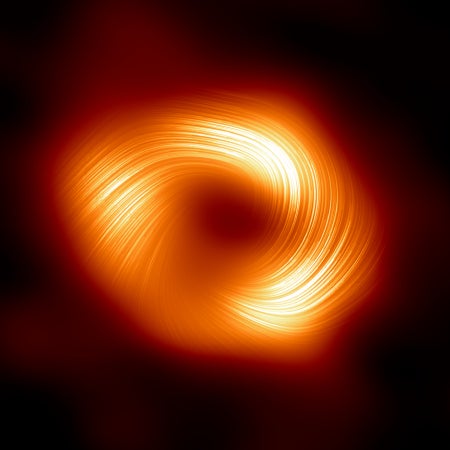
Our Galaxy’s Biggest Black Hole Just Got a New Close-up. What’s Next Could Be Even Wilder
As the Event Horizon Telescope pursues ambitious upgrades, the project’s latest results reveal the magnetic fields around our galaxy’s supermassive black hole
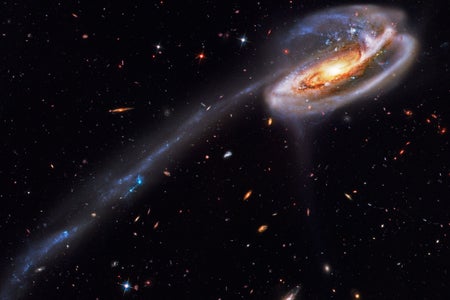
How Tides Move Heaven and Earth
The ocean’s twice-daily rise and fall is only the most obvious effect of tides—they slow Earth’s spin and shape stars and galaxies, too
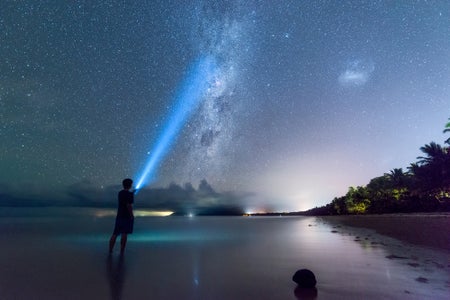
Do Stars Outnumber the Sands of Earth’s Beaches?
Figuring out whether there are more stars in the universe than sand grains on Earth’s seashores requires math—and imagination
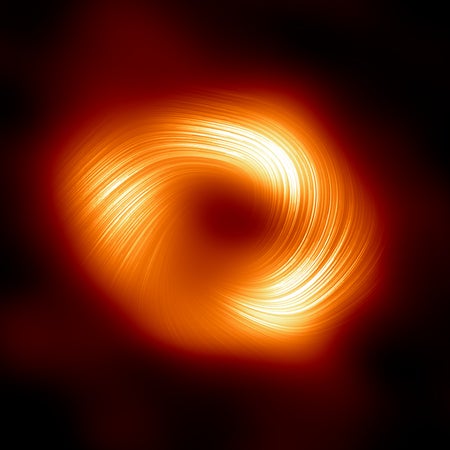
First-Ever Magnetic Map of Milky Way’s Black Hole Reveals a Mystery
Polarized light from Sagittarius A*, our galaxy’s supermassive black hole, shows swirling magnetic fields that may hint at the presence of an unseen jet
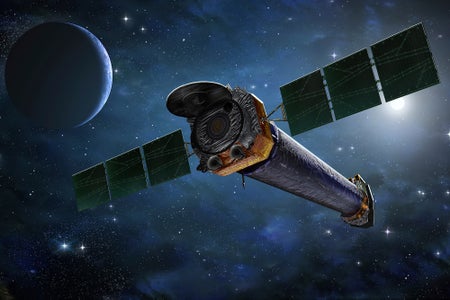
Astronomers Fight to Save X-ray Telescope as NASA Dishes Out Budget Cuts
The Chandra X-ray Observatory faces a premature end under new funding cuts proposed by NASA—and astronomers aren’t happy

The Scale of Space Will Break Your Brain
The scale of the cosmos exceeds the bounds of human comprehension. But that doesn’t mean the universe is beyond our understanding
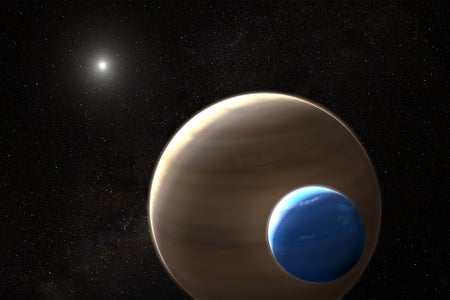
JWST Will Finally Hunt for Alien Moons—And Much More
The next year of science for the James Webb Space Telescope has been selected. It includes remote galaxy observations and, at last, a hunt for exomoons
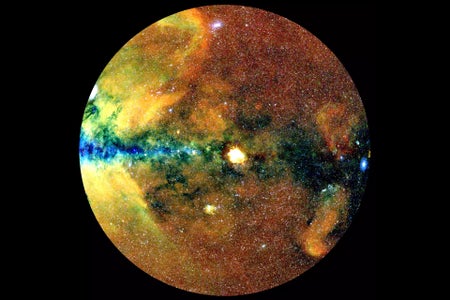
New X-Ray Map of Cosmic Megastructures Unravels Subatomic Mysteries
A new catalog of more than 12,000 galaxy clusters is helping scientists better understand the universe’s clumpiness, dark energy and some of the smallest particles in the cosmos: neutrinos
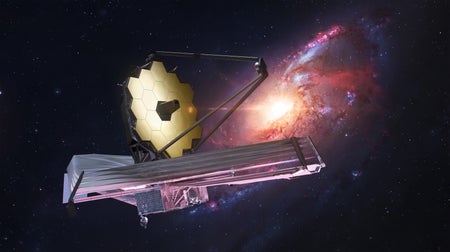
Dwarf Galaxies Set the Universe Alight after the Big Bang
Some of the faintest objects ever observed suggest that small galaxies were responsible for clearing the “fog” pervading the early cosmos
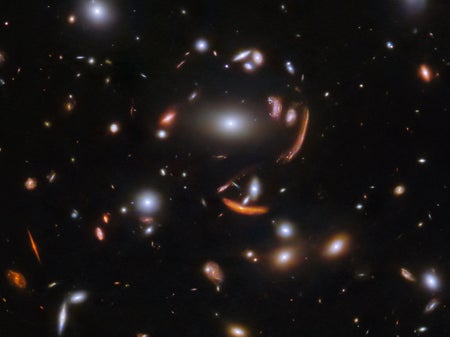
Can Exploding ‘Axion Stars’ Help Pin Down Dark Matter?
Scientists have proposed a new way to learn whether hypothetical particles called axions really exist—and whether axions make up most of the universe’s dark matter
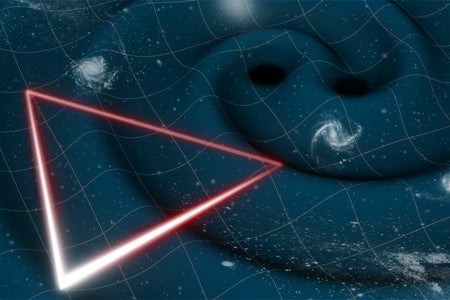
Space Lasers Will Seek a New Kind of Gravitational Waves
The Laser Interferometer Space Antenna (LISA) will open a new era in astronomy that brings scientists to the brink of studying gravitational waves from the beginning of time